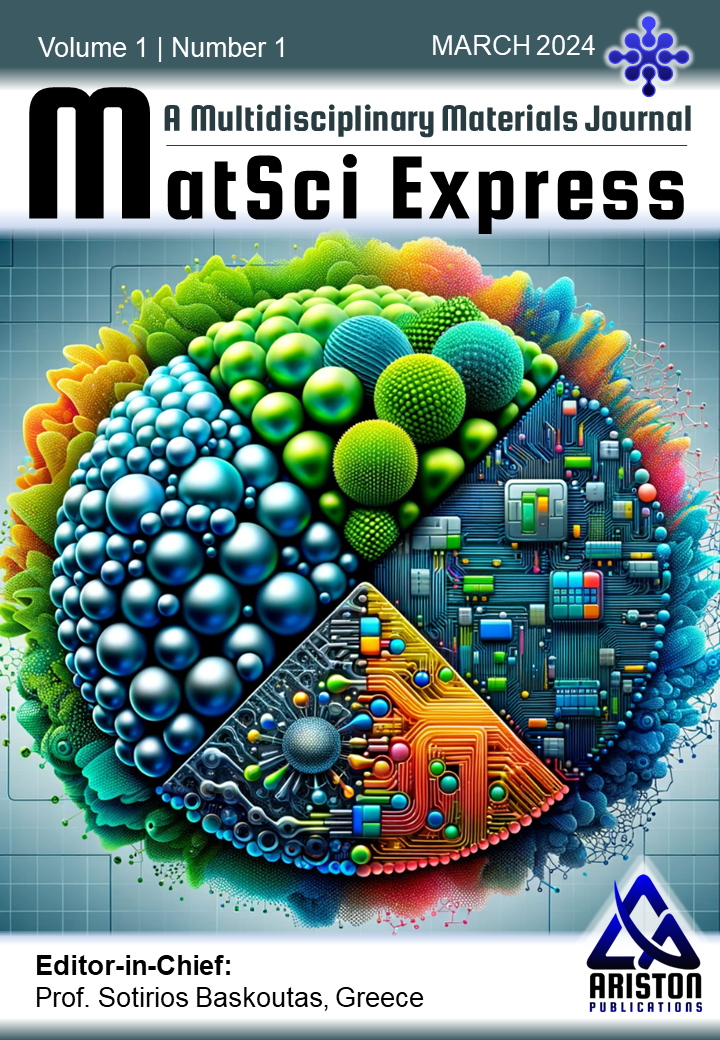Zobia Asghar, Fawad Ahmad, Muhammad Imran Khan, Abdallah Shanableh, Mushtaq Hussain Lashari
1 Department of Chemistry, University of Wah, Quaid Avenue, Wah Cantt-47010, Punjab, Pakistan.
2 Research Institute of Sciences and Engineering (RISE), University of Sharjah, Sharjah-27272, United Arab Emirates.
3 Scientific Research Center, Australian University, Kuwait.
4 Department of Zoology, The Islamia University of Bahawalpur, Bahawalpur-63100, Pakistan
* Author to whom correspondence should be addressed:
fawad.ahmad@uow.edu.pk (Fawad Ahmad)
raoimranishaq@gmail.com (M. Imran Khan)
ABSTRACT
Carbon quantum dots (CQDs) represent a revolutionary class of nanoparticles with exceptional biocompatibility, photostability, and tunable optical properties, making them indispensable in biomedical applications. This review focuses on the synthesis and applications of gadolinium-doped carbon quantum dots (Gd-CQDs), particularly in dual-modal bioimaging, which combines magnetic resonance imaging (MRI) and fluorescence imaging. Among various synthesis techniques, the one-step solvent method and the one-pot synthesis method are emphasized, with the latter emerging as a more efficient approach due to its enhanced fluorescence and superior stability. The integration of gadolinium, a widely used MRI contrast agent, into CQDs addresses the challenges posed by conventional gadolinium-based agents, such as their retention in the brain and bones, by offering a safer and more versatile alternative. Gd-CQDs exhibit unique properties, including high biocompatibility, tunable fluorescence, and efficient magnetic resonance contrast, making them ideal candidates for non-invasive diagnostic imaging. Moreover, their potential extends beyond imaging to include applications in targeted drug delivery and real-time monitoring of biological processes. By leveraging advancements in genomics and proteomics, Gd-CQDs pave the way for personalized medical interventions tailored to individual molecular profiles. Future research should focus on optimizing synthesis techniques to enhance particle stability, reduce cytotoxicity, and incorporate multifunctional ligands for improved diagnostic capabilities. This review underscores the transformative potential of Gd-CQDs in advancing medical imaging technologies and bridging the gap between diagnostics and therapeutics.

Significance of the Study:
This study highlights the potential of gadolinium-doped carbon quantum dots (Gd-CQDs) in revolutionizing dual-modal bioimaging by combining magnetic resonance imaging (MRI) and fluorescence imaging. Gd-CQDs offer improved biocompatibility, enhanced imaging precision, and reduced toxicity compared to traditional gadolinium-based agents. By addressing challenges in synthesis, scalability, and clinical applicability, this research contributes to advancing safer, more efficient diagnostic tools and paves the way for their integration into personalized medicine and theranostic applications.
Summary of the Study:
This study reviews the synthesis and applications of gadolinium-doped carbon quantum dots (Gd-CQDs) for dual-modal bioimaging. Gd-CQDs combine MRI and fluorescence imaging, offering high biocompatibility, tunable optical properties, and reduced toxicity. The one-pot synthesis method is emphasized for its scalability and superior particle properties. Future directions include enhancing stability, minimizing cytotoxicity, and exploring multi-functional uses like targeted drug delivery. Gd-CQDs hold promise for advancing personalized medicine, multi-modal imaging platforms, and safer diagnostic tools in clinical and biomedical applications.
